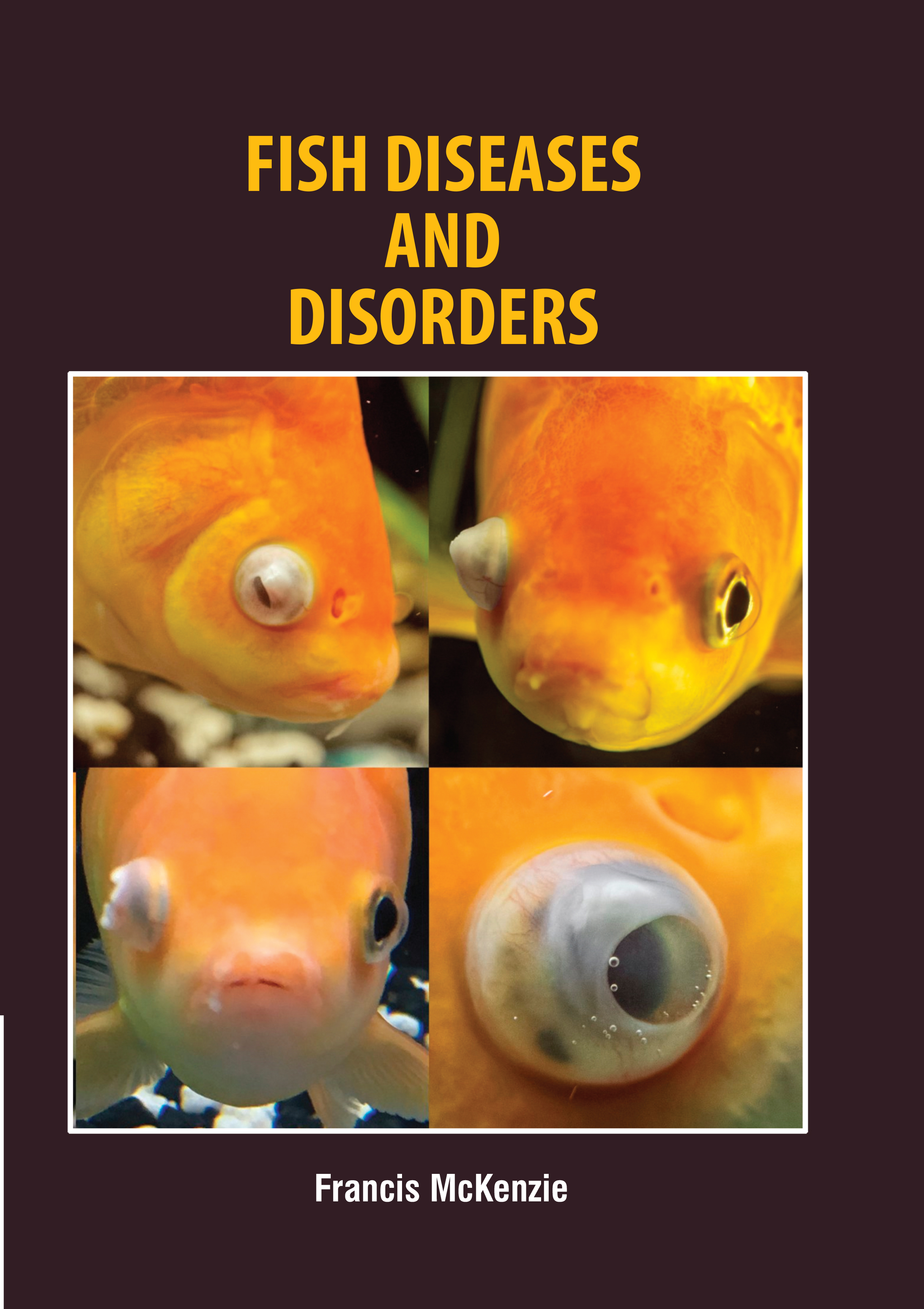
Fish Diseases and Disorders
by Francis Mckenzie
| ISBN | 9789372429176 |
|---|---|
| Publisher | Digital Drive Learning |
| Copyright Year | 2026 |
| Price | $275.00 |

by Francis Mckenzie
| ISBN | 9789372429176 |
|---|---|
| Publisher | Digital Drive Learning |
| Copyright Year | 2026 |
| Price | $275.00 |
Epidemics of bacterial diseases are common in dense populations of cultured food or aquarium fish. Predisposition to such outbreaks frequently is associated with poor water quality, organic loading of the aquatic environment, handling and transport of fish, marked temperature changes, hypoxia, or other stressful conditions. Most bacterial pathogens of fish are aerobic, gram-negative rods. Diagnosis is by isolation of the organism in pure culture from infected tissues and identification of the bacterial agent. Sensitivity testing before antibiotic use is recommended. The diagnosis of bacterial fish diseases has progressed from traditional culture-dependent methods involving the recovery of pathogens on agar-containing media and identification by examination of phenotypic traits. Newer approaches centre on culture-independent approaches. A problem with culturing is that it lacks sensitivity, tends to be slow, and its success depends on the composition of the media and incubation conditions employed. In contrast, culture-independent methods, now centring on molecular methods, are highly specific and sensitive. Bacterial pathogens of infectious diseases are not strictly parasitic micro-organisms. If the conditions for parasitism are unsuitable, saprophytic relationship will develop. Bacterial pathogens have a high adaptability to environmental changes. For example, the enteritis pathogen of grass carp and black carp will be ineffective if the water temperature is below 20°C; however, a water temperature between 20 and 25°C will enhance its virulence. The main epidemic season runs from late spring to early summer. Zoospores of Saprolegnia become attached to the fish skin and, if the host has been previously injured, the zoospores will grow and multiply, and the fish will become infected. The book is well written and contains updated information that reflects new developments in the field.